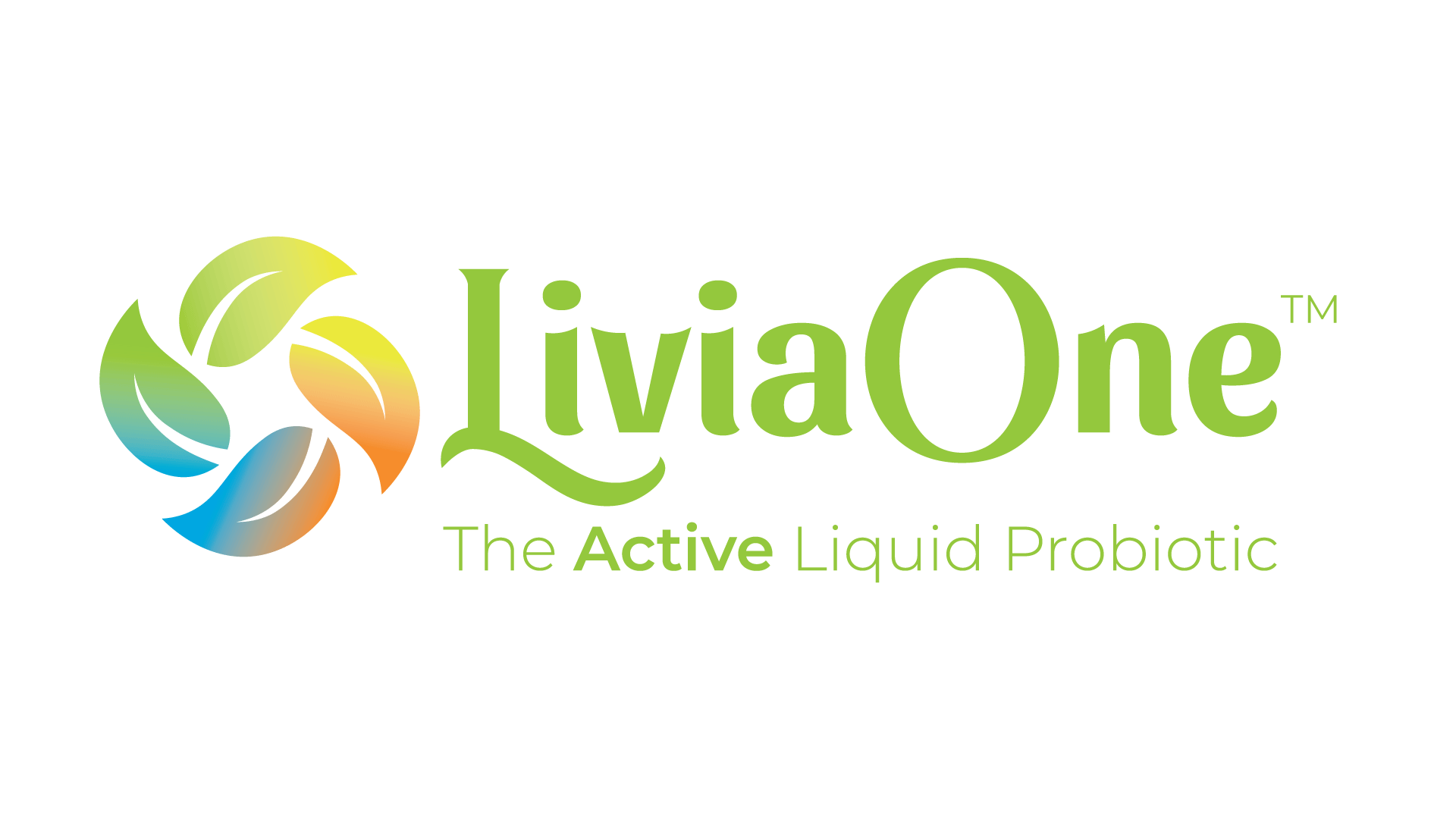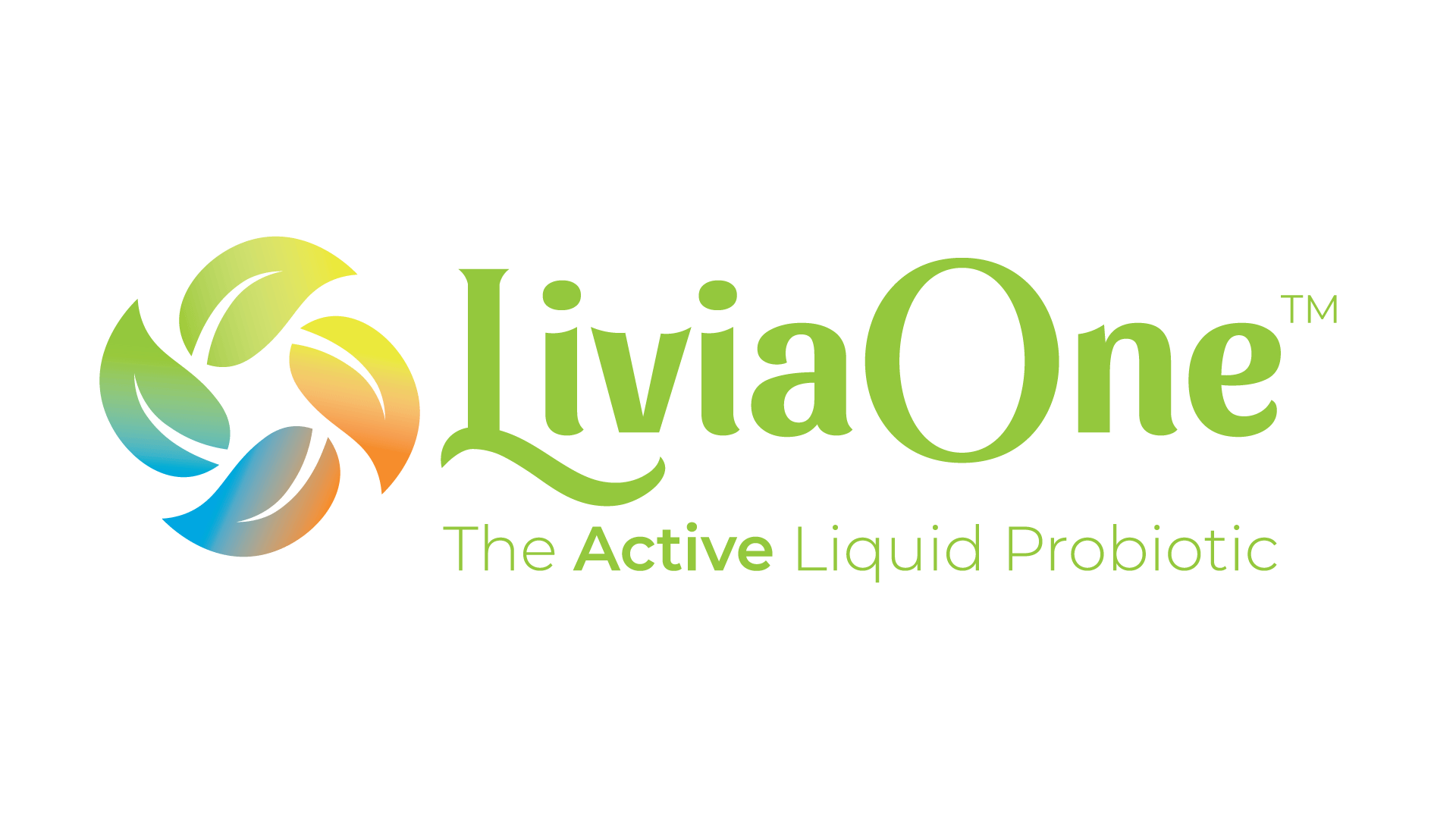Prebiotics
The term "prebiotic" means a substance that encourages existing microflora to increase its population. Prebiotics differ somewhat from probiotics, in that a prebiotic substance may consist of an enzyme, component, or chemical extracted from a particular strain of bacteria, or from a fermentation reaction involving bacteria. When prebiotics are found to be effective, the purpose they serve is that of a catalyst to promote the growth of the host's indigenous colonies of helpful bacteria. A simple way to remember this is that a prebiotic prepares the way for a probiotic. Prebiotics do not act in isolation, they do not introduce new bacteria, and they typically do not contain an entire culture of bacteria. Prebiotic substances often consist of high-tech laboratory extracts derived from bacteria, wherein a particular chemical reaction or component of bacteria has demonstrated effectiveness in encouraging the activity of surrounding micro-organisms.
Over the past ten years, the field of microbiology has mapped the genomes of many strains of bacteria, while studying the metabolism and behavior of helpful microflora such as Bifidobacteria and Lactobacillus. By adjusting lab-produced fermentation processes, it has been observed that probiotics or helpful bacteria become more active when certain chemicals or prebiotics are present. A frequent subject of study is the chemical called "GOS," which is short for Galactooligosaccharide(s). An oligosaccharide is a short chain of sugar molecules, where as Fructo-oligosaccharides (FOS) consist of short chains of fructose molecules. Inulin is another prebiotic that also consists of short chain fructose molecules and both are often derived from vegetables. These compounds can be only partially digested by humans, but the undigested portion offers life sustaining food for certain probiotics. Various mixtures of GOS, including natural and cloned or synthetic products have proved to be effective prebiotics. GOS and other oligosaccharides appear to boost the growth rate of surrounding bacteria, in laboratory, animal, and human studies.
Because breast-feeding of infants has been proven for many years to enhance the establishment and growth of beneficial microflora in the GI tract, many studies have sought to identify the exact substances that give breast milk its immune system advantages. Once identified, the chemicals that create a prebiotic or bifidogenic effect may be applied in the production of other food-related products, such as immune-boosting supplements for people with illnesses related to microflora imbalance. A 2008 study by Boehm and Moro cited in "The Journal of Nutrition" aimed to mimic the positive effects of breast-feeding on the growth of microflora. Although the prebiotic and probiotic aspects of breast milk are attributed to dozens of substances, oligosaccharides appear to be an optimum fuel for intestinal microflora.
The Boehm and Moro study found that including oligosaccharides in infant formula can mimic some of the positive effects of breast milk, in terms of providing a preferred prebiotic that enhances the colonization rate of beneficial microflora. A similar study in 2008 by R. Gonzalez and E. S. Klaassens upheld the idea that the bifidogenic properties of human milk are related to its oligosaccharide content. The Gonzalez study used a cloned or semi-synthetic medium containing GOS, which contains a large amount of lactose and galactose, comparable to human milk. By exposing the synthetic material to B Longum bacteria and observing its reaction, this study drew many parallels between simulated GOS and the carbohydrate-utilization genes present in human milk. In order to optimize infant formula, and applications for other food-related products, these studies provide insight into the mechanisms needed to produce effective prebiotics.
A 2009 study by Pokusaeva and O'Connell-Motherway correctly hypothesized that particular isomers of sucrose would enhance the hydrolytic activity of certain genes within a strain of Bifidobacterium. The genes they isolated performed the function of encoding glucosidase. These particular genes are affected significantly when optimal pH levels and temperature are adjusted. Studies such as this have helped to identify which substances and environments are most helpful in encouraging the growth of helpful bacteria, and what chemicals are effective as prebiotics to prepare an optimal environment for microfloral growth.
How are new prebiotics discovered and tested? Some studies of the substance called GOS indicate that a galactosyltransferase chemical is combined with lactose and a strain of Bifidobacterium Bifidum to produce new oligosaccharide mixtures. Sometimes the mixture is observed in vitro, and sometimes it is introduced to animals for "in vivo" trials, in order to assess the prebiotic effects of a particular substance. If successful, animal trials are eventually followed by human trials in the testing of a particular prebiotic.
Both approaches were used in a 2008 study by Depeint and Tzortzis, as cited by "The American Journal of Clinical Nutrition." Their study produced an effective prebiotic made from a newly developed oligosaccharide mixture which significantly increased the Bifidobacteria and Lactobacillus populations in human and animal subjects. During this trial, oligosaccharides also appeared to inhibit the growth of E coli and salmonella within the colon of the subjects. The oligosaccharides, when added to the subjects' diet, also increased the concentration and density of Bifidobacteria. Prior to testing with human subjects, the same research team performed a variety of studies on pigs, to ascertain their microfloral reaction to various oligosaccharide mixtures.
Studies in the field of prebiotics offer a glimpse into the future of food production, genetics, applied microbiology, and new medical applications. Whereas probiotics use various forms of existing bacteria, prebiotics tend to isolate components of those cultures and manipulate certain genes to optimize their microfloral functions. When teamed together, a prebiotic substance such as GOS has been shown to create a welcoming environment prior to the ingestion of a probiotic formula. Many formulas utilize FOS and Inulin as prebiotics with great success at increasing the viability and longevity of the probiotic formula. Some prebiotics are used without probiotic supplements, and still show a benefit to the indigenous microflora of the host. Future studies in the field of prebiotics may identify which form of oligosaccharide is preferred by each strain of microflora, in order to maximize the accuracy of probiotic medicinal benefits. If each of the GI tract microflora which are beneficial to human health could be optimized and nurtured by the use of a designated prebiotic, the potential to prevent and reduce diseases would be significant.
REFERENCES:
G. Boehm and G. Moro. "Structural and Functional Aspects of Prebiotics Used in Infant Nutrition." Journal of Nutrition, September 1, 2008; 138(9): 1818S - 1828S.
R. Gonzalez, E. S. Klaassens, E. Malinen, W. M. de Vos, and E. E. Vaughan. "Differential Transcriptional Response of Bifidobacterium longum to Human Milk, Formula Milk, and Galactooligosaccharide (GOS)." Applied Environmental Microbiology. August 1, 2008; 74(15): 4686 - 4694.
K. Pokusaeva, M. O'Connell-Motherway, A. Zomer, G. F. Fitzgerald, and D. Van Sinderen. "Characterization of Two Novel alpha-Glucosidases from Bifidobacterium breve UCC2003." Applied Environmental Microbiology, February 15, 2009; 75(4): 1135 - 1143.
F. Depeint, G. Tzortzis, J. Vulevic, K. I'Anson, and G. R Gibson. "Prebiotic evaluation of a novel galactooligosaccharide (GOS) mixture produced by the enzymatic activity of Bifidobacterium bifidum NCIMB 41171, in healthy humans: a randomized, double-blind, crossover, placebo-controlled intervention study." American Journal of Clinical Nutrition, March 1, 2008; 87(3): 785 - 791.
T. M. Hill, H. G. Bateman II, J. M. Aldrich, and R. L. Schlotterbeck. "Oligosaccharides for Dairy Calves." Professional Animal Scientist, October 1, 2008; 24(5): 460 - 464.
For more information:
 A complete description of probiotics, along with groundbreaking recent clinical research illustrating the many ways probiotics can prevent disease, can be found in Probiotics - Protection Against Infection: Using Nature's Tiny Warriors To Stem Infection. This new compendium from one of contributing authors of the content on this page, Dr. Casey Adams, PhD., takes the confusion out of selecting and supplementing with probiotics. Referencing over 500 scientific studies and reports, and with detailed instructions on how to make your own probiotic foods, this book is a must for anyone seeking to understand the power of probiotics, and improve their immunity and vitality. Click here for ordering information.
A complete description of probiotics, along with groundbreaking recent clinical research illustrating the many ways probiotics can prevent disease, can be found in Probiotics - Protection Against Infection: Using Nature's Tiny Warriors To Stem Infection. This new compendium from one of contributing authors of the content on this page, Dr. Casey Adams, PhD., takes the confusion out of selecting and supplementing with probiotics. Referencing over 500 scientific studies and reports, and with detailed instructions on how to make your own probiotic foods, this book is a must for anyone seeking to understand the power of probiotics, and improve their immunity and vitality. Click here for ordering information.
Please read this Disclaimer:
The contents of this site, such as text, graphics, images, information obtained from www.Probiotic.org licensors and other material ("Content") contained on this site is for informational purposes only. The Content is not intended to be a substitute for professional medical advice, diagnosis or treatment. Always seek the advice of your physician or other qualified health provider with any questions you may have regarding a medical condition. Never disregard professional medical advice or delay in seeking it because of something you have read on this site!

